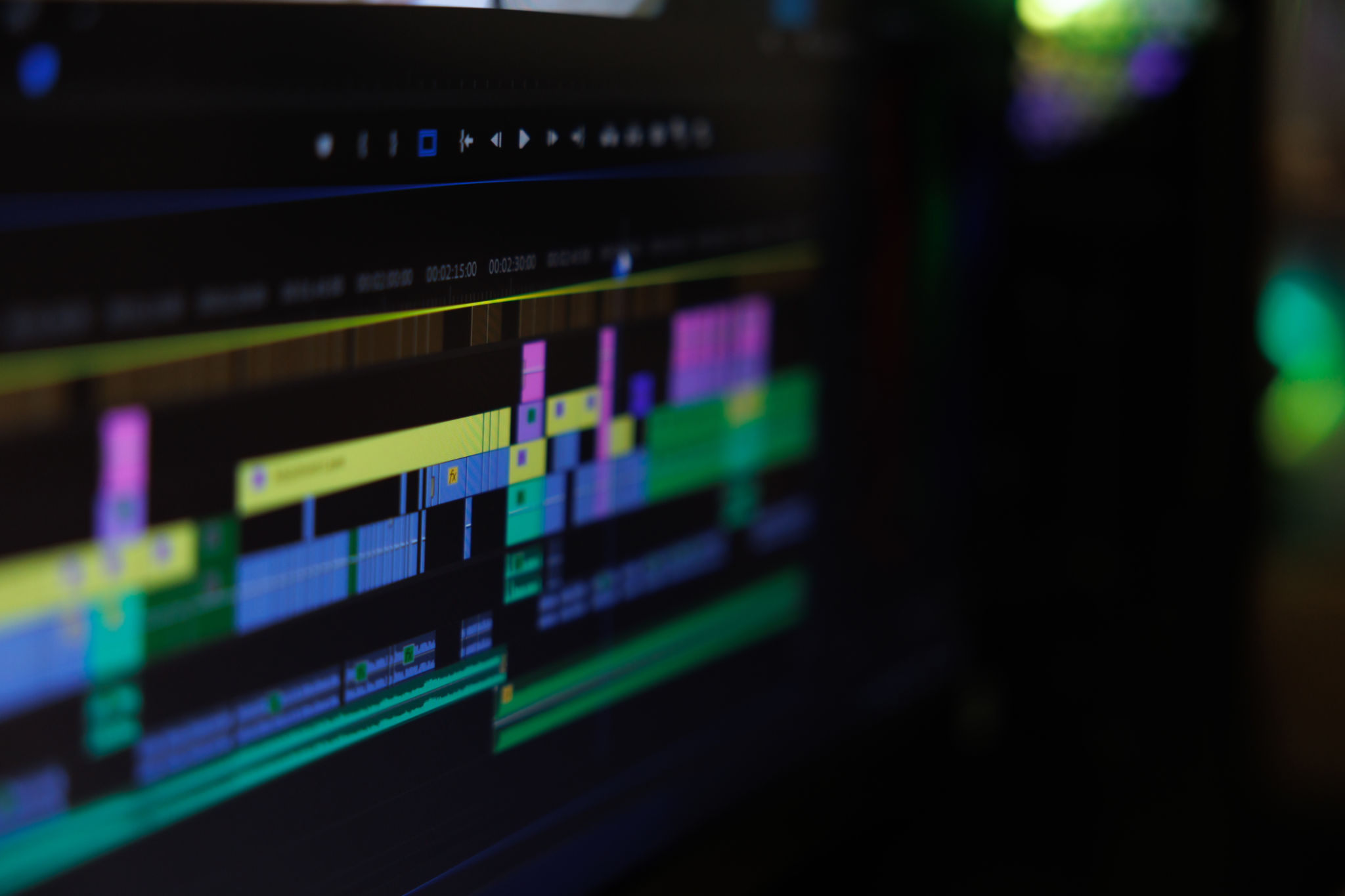DIY Video Editing Tips for Beginners: A San Diego Perspective
JN
Understanding the Basics
Starting your journey into video editing can be both exciting and overwhelming. As you begin to explore the world of DIY video editing, understanding the basics is crucial. Whether you're looking to create content for social media, a personal project, or a small business in San Diego, having a solid foundation will set you up for success.
Begin by familiarizing yourself with the most commonly used video editing software. Some popular options include Adobe Premiere Pro, Final Cut Pro, and more beginner-friendly tools like iMovie and Filmora. Each of these programs offers unique features, so it's important to choose one that suits your needs and skill level.

Gathering Your Tools
Once you've selected your software, it's time to gather the necessary tools. A good quality camera is a must, but don't worry if you don't have a professional setup. Many smartphones today offer excellent camera quality and can serve as a great starting point for beginners. Additionally, investing in a tripod can greatly enhance the stability of your shots.
Audio is another critical component of video production. Consider using an external microphone to ensure clear sound quality. This is especially important if you're filming outdoors in vibrant places like San Diego's beaches or bustling cityscapes, where background noise can be a challenge.
Mastering Basic Editing Techniques
With your tools in hand, it's time to start editing. Begin by learning basic techniques such as cutting and trimming clips. These are foundational skills that will help you refine your footage and maintain a smooth narrative flow. Practice organizing your clips on the timeline of your chosen software to create a cohesive story.
Transitions are another key element to consider. They help you move from one scene to the next seamlessly. While it's tempting to use creative transitions, it's often best to start with simple cuts and fades to maintain a professional look.

Adding Effects and Enhancements
Once you're comfortable with the basics, you can start experimenting with effects and enhancements to add flair to your videos. Color correction is a powerful tool that allows you to adjust the hues and tones of your footage, making it more visually appealing. This can be particularly useful when capturing San Diego's stunning sunsets or vibrant street art.
Also, explore the use of text overlays and graphics to highlight important information or add context. If you're creating content for a local San Diego audience, consider incorporating elements that resonate with the community, such as local slang or references to popular landmarks.
Exporting and Sharing Your Video
After you've polished your video, the final step is exporting it for sharing. Most editing software offers various export settings, so choose one that balances quality and file size based on where you plan to share your content. Platforms like YouTube and Instagram have different requirements, so be sure to research the best practices for each.
Once exported, share your creation across social media channels or video platforms. If you're targeting a San Diego audience, use relevant hashtags and geotags to increase visibility within the local community. Engaging with viewers through comments and feedback can also help build a connection with your audience.

Continuing Your Learning Journey
Video editing is a skill that evolves over time, and there's always something new to learn. As you continue on your creative journey, consider joining online forums or local San Diego workshops to connect with other budding videographers. Sharing experiences and tips can be invaluable as you refine your craft.
Remember that practice makes perfect. The more you edit, the more confident you'll become in your abilities. Keep experimenting with new techniques and styles, and don't be afraid to push the boundaries of your creativity.
